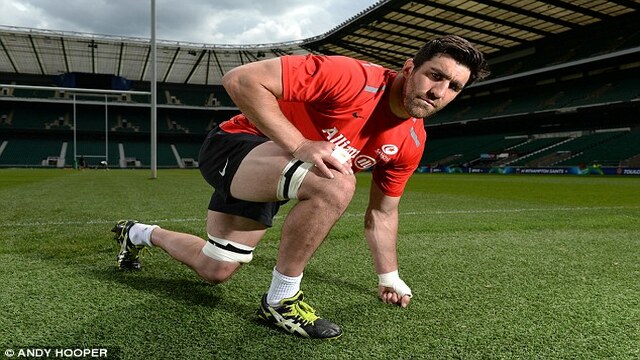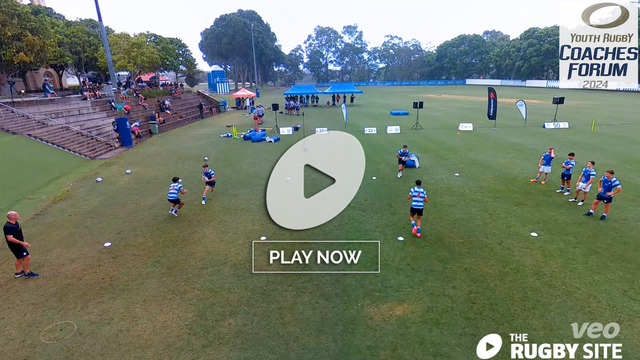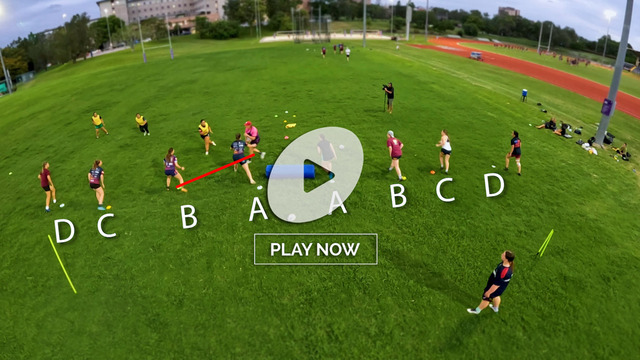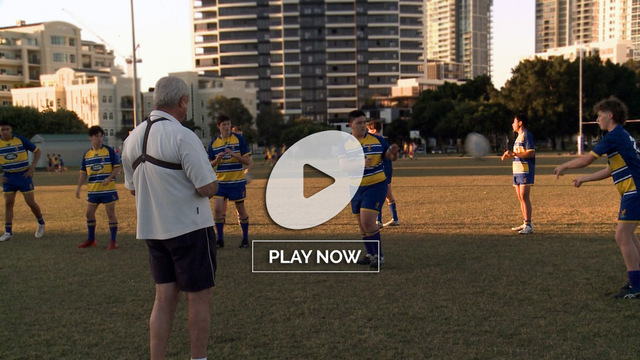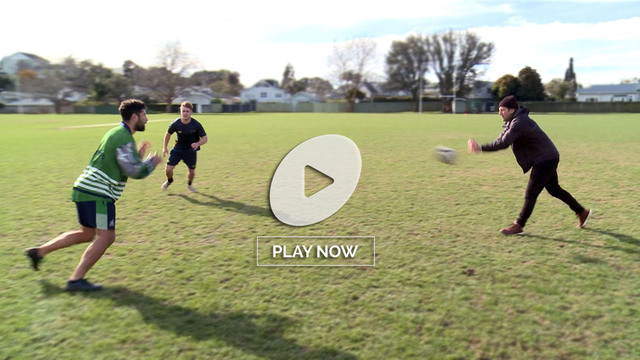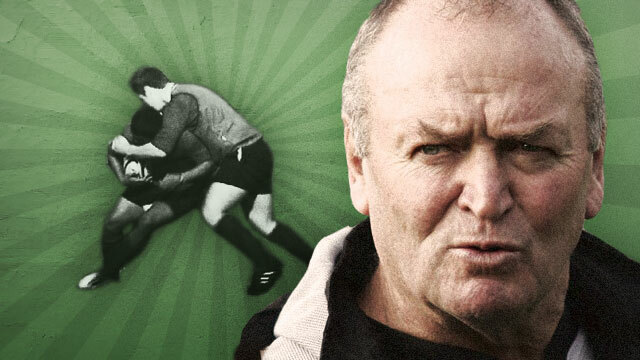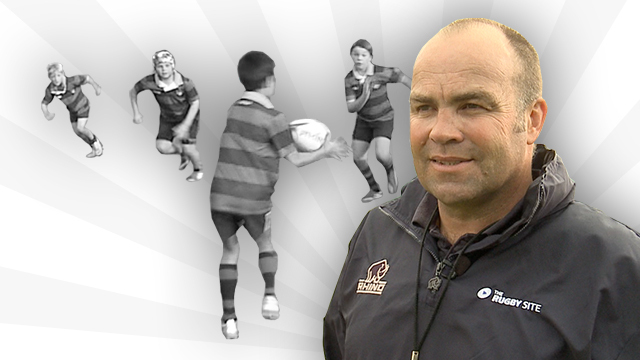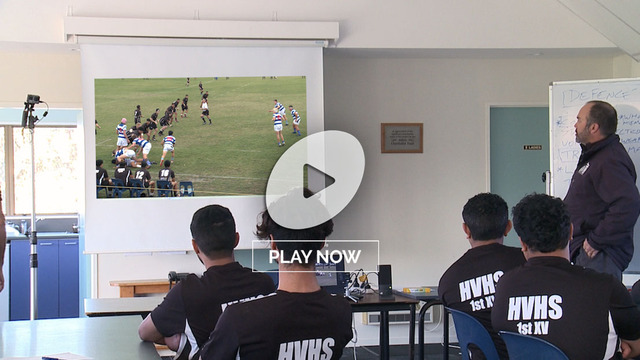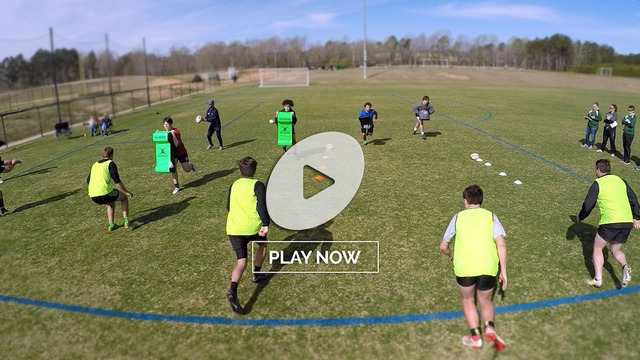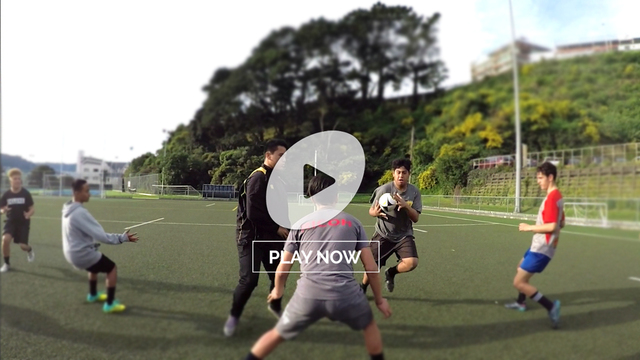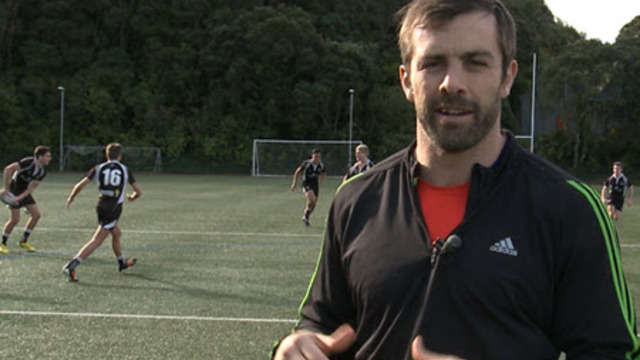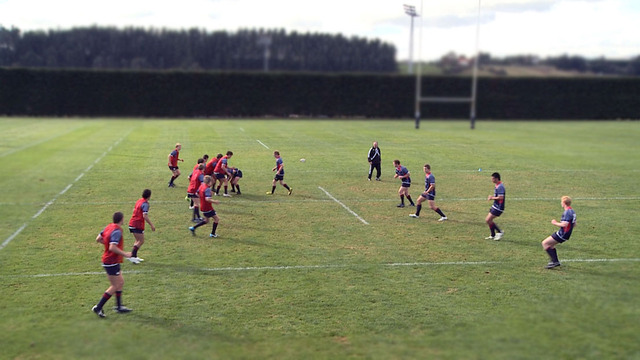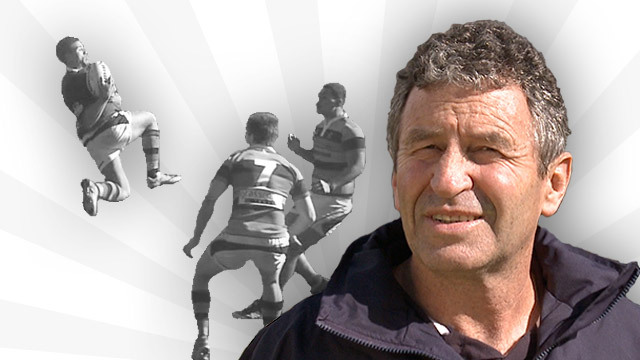THE BREAKDOWN IS the key battleground of modern rugby, with professional teams consistently pointing to the post-tackle contest as the reason they win or lose.
Last weekend saw Toulon signify the importance of the breakdown during their win over Ulster in the European Champions Cup, as the remarkable Steffon Armitage gave a sublime demonstration of stealing the ball on the deck.
The former England international got into the jackal position over Ulster’s possession repeatedly, beating the supporting players to the ball with his inimitable speed of reaction and technique.
Armitage showed a one-man show of contesting at the breakdown, but here we take a look at how a second defensive player can aid their side’s chances of winning a turnover.
Learn more from Eddie Jones on the 2nd, 3rd and 4th man to the breakdown
The player who gets their hands on the ball absolutely deserves the plaudits in the majority of cases, but often a little helping hand from a teammate can be the difference between pilfering the ball and being blown away by an attacking player arriving on the scene.
We start with a very open example of what we’re referring to here, as Saracens back row Kelly Brown assists scrum-half Neil de Kock in winning the turnover penalty. It may not be the strongest illustration, as de Kock would probably have secured the penalty even without Brown’s help, but the lack of bodies in the vicinity makes it easier to highlight.

Munster’s Andrew Conway is forced to scamper backwards to scoop up the ball, and when David Strettle ensures the Irishman cannot get off the ground, the turnover is 100% on for de Kock arriving in.
Brown sees as much from a position just behind de Kock, and as he gets to the breakdown, he engages with his scrum-half, anchoring his arms around de Kock without driving him forward past the ball.

Essentially, Brown is providing extra stability behind de Kock, meaning that any arriving Munster player is going to have additional weight and resistance to clear away from the ball in order to save a desperate situation.

Referee Jérôme Garcès blows for the penalty before Munster really get a chance to fully test Saracens’ solidity, but Brown’s thinking and technique are clear.
There would have been temptation to drive de Kock beyond the ball in this instance, in a counter-rucking manner, but Brown instead identifies the lack of Munster players in a position to clear over the ball and anchors de Kock into position to increase his chances of making the steal.
Watch Bismark du Plessis’ video on Contesting for the ball and clear out
We see something similar, if a little more fluid, in the GIF below, as Ulster’s Louis Stevenson is supported in making the steal by his locking partner Franco van der Merwe.

As Juan Smith of Toulon is tackled low by Robbie Diack, Stevenson is straight over the ball in a slightly off-balance jackal. Hooker Guilhem Guirado bursts in to attempt to save the breakdown for Toulon, but van der Merwe has already offered his weight behind Stevenson [below].
The South African lock binds around Stevenson’s upper body and lends that same stability and strength that Brown added in the first example.

While some referees might have pinged Stevenson for falling forward off his feet in this example, it appears that Wayne Barnes recognises that Guirado has backed out of the contest, meaning Stevenson’s resistance against the initial rucking effort sees him flop forward.
What’s unique about this example is that Guirado very nearly makes a return turnover of his own. He gets into a good position as Stevenson goes to ground, but Rory Best arrives just in time to prevent a Toulon steal.
Would Guirado have had a better chance if one of his teammates had bound onto him, giving that little more support?
In such a complex area of the game, there are many variations on these types of breakdown assists. We look at another from the Ulster v Toulon game below.

Ulster’s Louis Ludik 15 is involved in making the tackle on the surging Guirado, but the fact that he hits high on the hooker’s upper body means he can keep on his feet and instantly impact on the breakdown.
It’s Best who actually wins the turnover, but Ludik’s actions are key. Best arrives in from the back of the breakdown just as Ludik has bound himself onto Guirado on the ground.

The South African fullback is certainly looking to get his own hands on the ball, but he is also aware that he can ‘block’ the space between Best and the arriving Toulon player, who happens to be Jocelino Suta 5.
It buys Best only a mere split second, but that’s enough for the breakdown specialist to ensure Ulster come away with possession. Again, Best may be the man credited with a turnover on the stat sheet, but Ludik is equally as important in his instance.
Have you noticed examples of any other variations on the turnover ‘assist’? Are these skills based purely on instinct or can teams train for these situations?
Sign up for 12 months membership to access 60+ videos covering all aspects of the game
